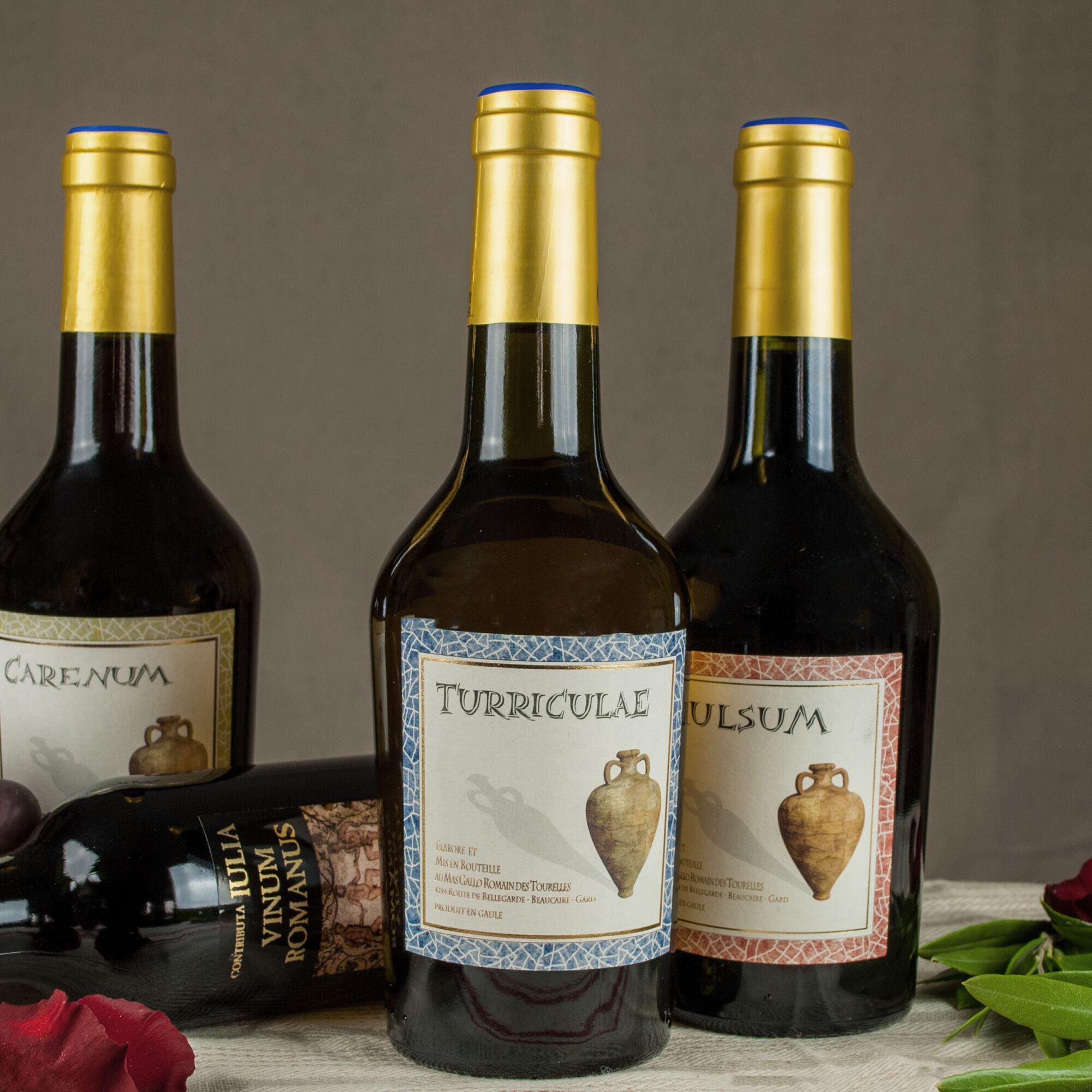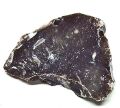Kitchen & Camp
Ancient Roman kitchen
Discover the culinary secrets of ancient Rome and its provinces.
Ancient Roman cuisine - a culinary journey into the past
More than 2000 years ago, the Romans already knew how to enjoy culinary delights. Roman cuisine is considered to be extremely versatile and offers a wealth of sophisticated dishes. But what did Roman food actually look like and what ingredients were used?
From savoury to sweet - the variety of Roman recipes
Ancient Roman cuisine was characterised by a wide variety of ingredients and spices. Meats such as pork, beef and lamb were popular, as were fish and seafood. Vegetables, fruit and legumes were also on the menu. A balanced diet was particularly important. The Romans already knew the benefits of wholemeal products and regularly ate bread and pastries. A well-known Roman dish is patina, a casserole made with eggs, cheese, vegetables and meat. Sweets such as honey cake and stewed fruit were also popular.
Spices and herbs - the secret of Roman cooking
The special thing about Roman food is the spices and herbs used. Bay leaves, thyme, mint and dill are well known. But exotic spices such as coriander and saffron were also used in ancient times. Particularly sophisticated was the use of garum, a Roman fish sauce, as a condiment. There are also reports of wine and vinegar being used as seasonings in Roman cooking.
Roman table pleasures - What was a typical Roman meal?
While the common people tended to eat simple dishes such as soups and stews, the richer classes would feast. Roman eating was not only a culinary pleasure but also a social event. Large banquets would often have up to ten courses, and guests could enjoy a variety of dishes. The presentation of the food was particularly impressive, with elaborate decorations and garnishes.
What is garum or liquamen?
Garum or liquamen was a Roman fish sauce used as a seasoning in Roman cuisine. The sauce was made from fish scraps and salt and then fermented to develop an intense flavour. Garum was often used as a condiment in soups and stews and was said to have an intense flavour.
The banquet of Trimalchio
The Banquet of Trimalchio was a fictional but famous banquet described in the novel "Satyricon" by Petronius Arbiter. Trimalchio, a wealthy former slave, hosted an opulent feast with exotic food and drink. The description of the feast gives us an insight into Roman society, its luxury and its culinary tastes.
The banquet was an impressive spectacle, with guests reclining on sumptuous sofas and being served by slaves. The menu included dishes such as roast ham, fish, shellfish and game. Particularly spectacular was the fact that the main course of the feast consisted of a whole pig, served with side dishes and garnishes.
The feast was also rich in exotic food and drink, including delicacies from faraway lands such as Egypt and India. There was even a dessert presented in the form of a wax figure that looked like Trimalchio's own statue. The guests were amazed at the opulence and decadence of the feast, and commented on it with humour and sarcasm.
Overall, Trimalchio's banquet gives us an insight into Roman society and its taste for luxury and gourmet food. It also shows how important food and drink were to social life in ancient Rome.
Here again the overview of roman kitchen and houseware
Schools and authorities in DE can conveniently order on account. Private customers are welcome to use Ratepay purchase on account (Paypal service)
Safe and easy ordering within Germany from 75 €
Always new ideas and optimised products through our years of experience and intensive cooperation with schools and museums.











